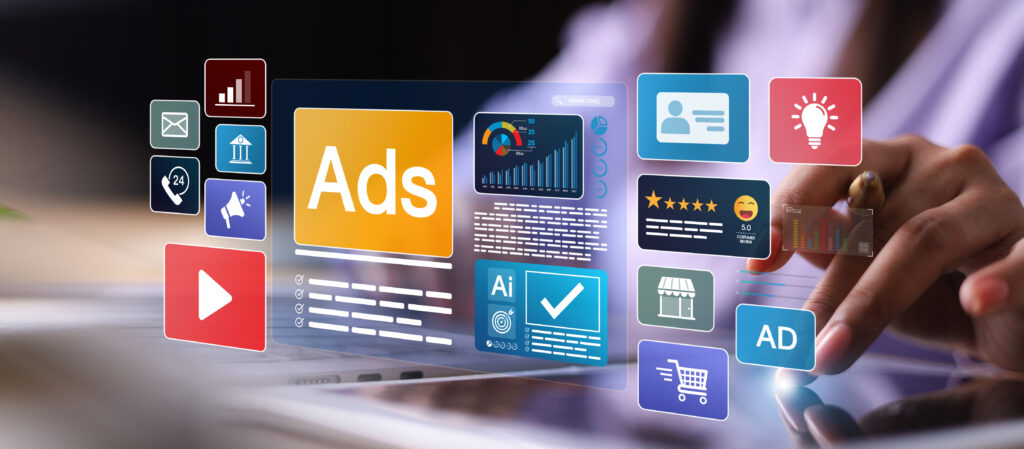sales funnel
4 Step Design to Master Your Businesses’ Sales Funnel
The sales funnel is a necessary part of any business venture – online or off. You have to know the path you’re going to take customers on from start to finish, so you can build the steps and process to get them there; and so you can know where any customer or lead is at…











